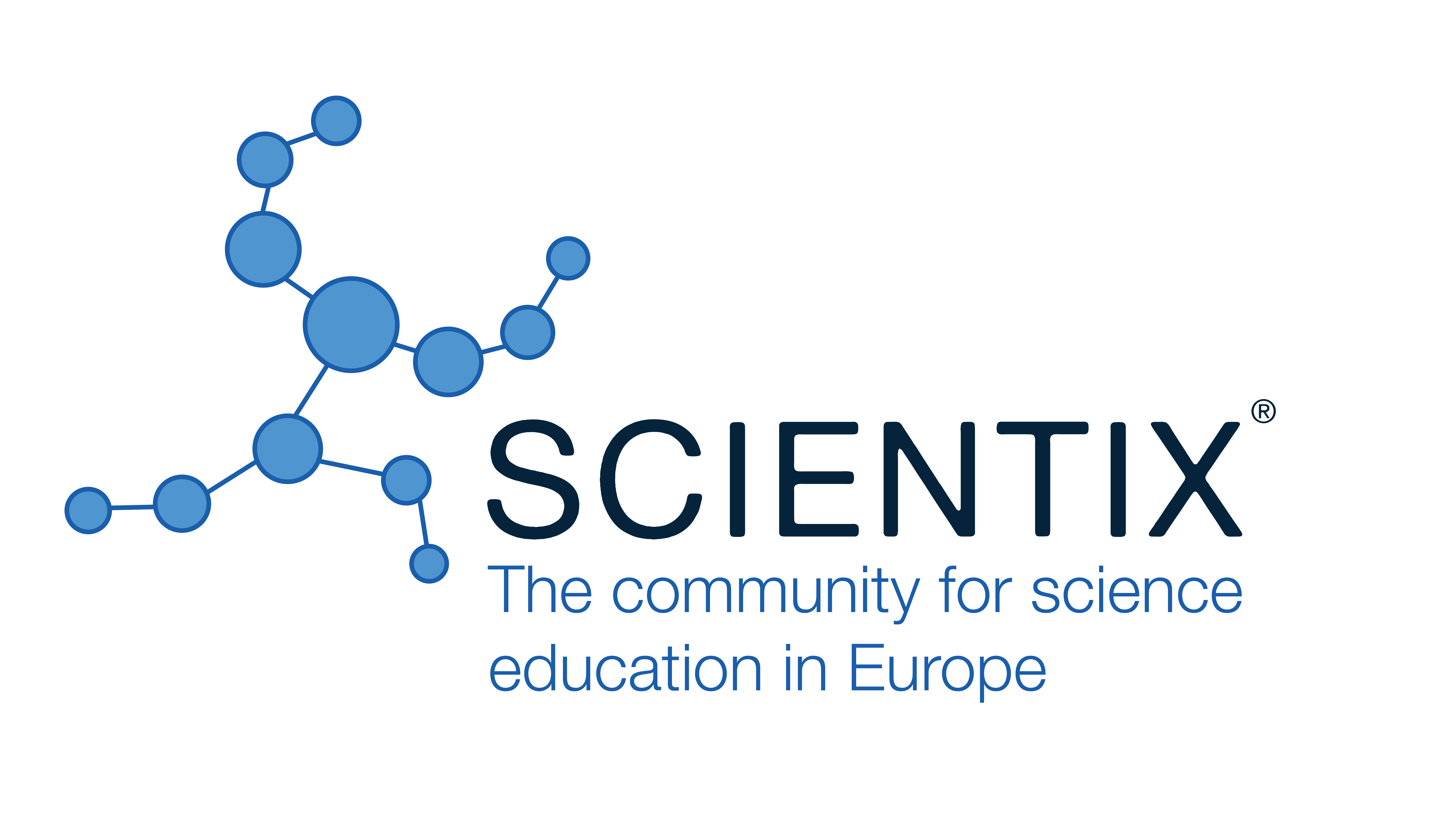Improving High School Students’ Awareness about the Plastics and Bioplastics Topic through Hands-on Activities and Systems Thinking
Armida Torreggiani, Consiglio Nazionale delle Ricerche (CNR), Bologna (Italy)
Efrem Piccinini, Alma Mater Studiorum, University of Bologna (Italy)
Riccardo Lucentini, Consiglio Nazionale delle Ricerche (CNR), Bologna (Italy)
Chiara Gualandi, Alma Mater Studiorum, University of Bologna (Italy)
Assimo Maris, Alma Mater Studiorum, University of Bologna (Italy)
Alberto Zanelli, Consiglio Nazionale delle Ricerche (CNR), Bologna (Italy)
Abstract
Plastic is a key material, largely used in our everyday life. It’s cheap and has modular mechanic qualities, but it often ends up in dumps or in the oceans, polluting the marine ecosystem. Today, there is a bioplastic alternative for almost every conventional plastic material and corresponding application. Bioplastics – plastics that are biobased, biodegradable, or both – have the same properties as conventional plastics and, in many cases, even offer additional advantages. School can play a central role in raising awareness about plastic pollution, the possible alternatives for plastics and the importance of protecting the environment.
In this work, we present a learning path, designed for high schools, to approach this complex topic. It was developed in the framework of two European projects, Raw Matters Ambassadors at Schools (RM@Schools), an innovative program to make science education attractive for youngsters [1-2] and BIOBec-Preparing the creation of Bio-Based Education Centers [3], and was successfully tested with 22 students of a high school from Bologna (Italy).
The pathway has a modular structure: (1) Lessons -introducing the students to the relevant contents knowledge; (2) Activity– hands-on chemical experiments; (3) Communication – students are asked to communicate with society by creating a product designed to promote dialogue on key messages they learnt. During the pathway students were involved in a review of the plastics and bioplastics topic through hands-on activities and systems thinking to improve their awareness of the theme and engaged in laboratory experiences, useful for triggering curiosity and analyzing the complexity of this issue [4]. Three hands-on experiment were performed by students, two focused on the chemico-physical properties of different plastics and one on bioplastics. As regards the lessons, they were focused on different chemical structure of plastics’ types and bioplastics, recycling process and biodegradability, pros and cons of these materials. The lessons also included videos, infographics and schemes to meet different learning styles, and some engaging activities (surveys and wordclouds).
A key part of the educational path was the third step where students were encouraged to communicate the challenges offered by this topic with peers, thus they developed surveys and communications materials for a social media campaign. Finally, a survey, set up for the learning assessment, showed that this kind of methodologic approach improved “much” or “very much” the interest of students in the selected topic.
|
Keywords |
plastics bioplastics high school hands-on systems thinking |
|
References |
[2] How to prepare future generations for the challenges in the raw materials sector?Torreggiani A. et al. In Rare Metal Technology 2021, Eds. G.Azimi et al., Springer Nature Switzerland, 277-287[4] How Can Socio-scientific Issues Help Develop Critical Thinking in Chemistry Education? A Reflection on the Problem of Plastics M.del Mar López-Fernández et al, J. of Chem.Edu. 2022 99, 3435-3442 |
 The Future of Education
The Future of Education





























